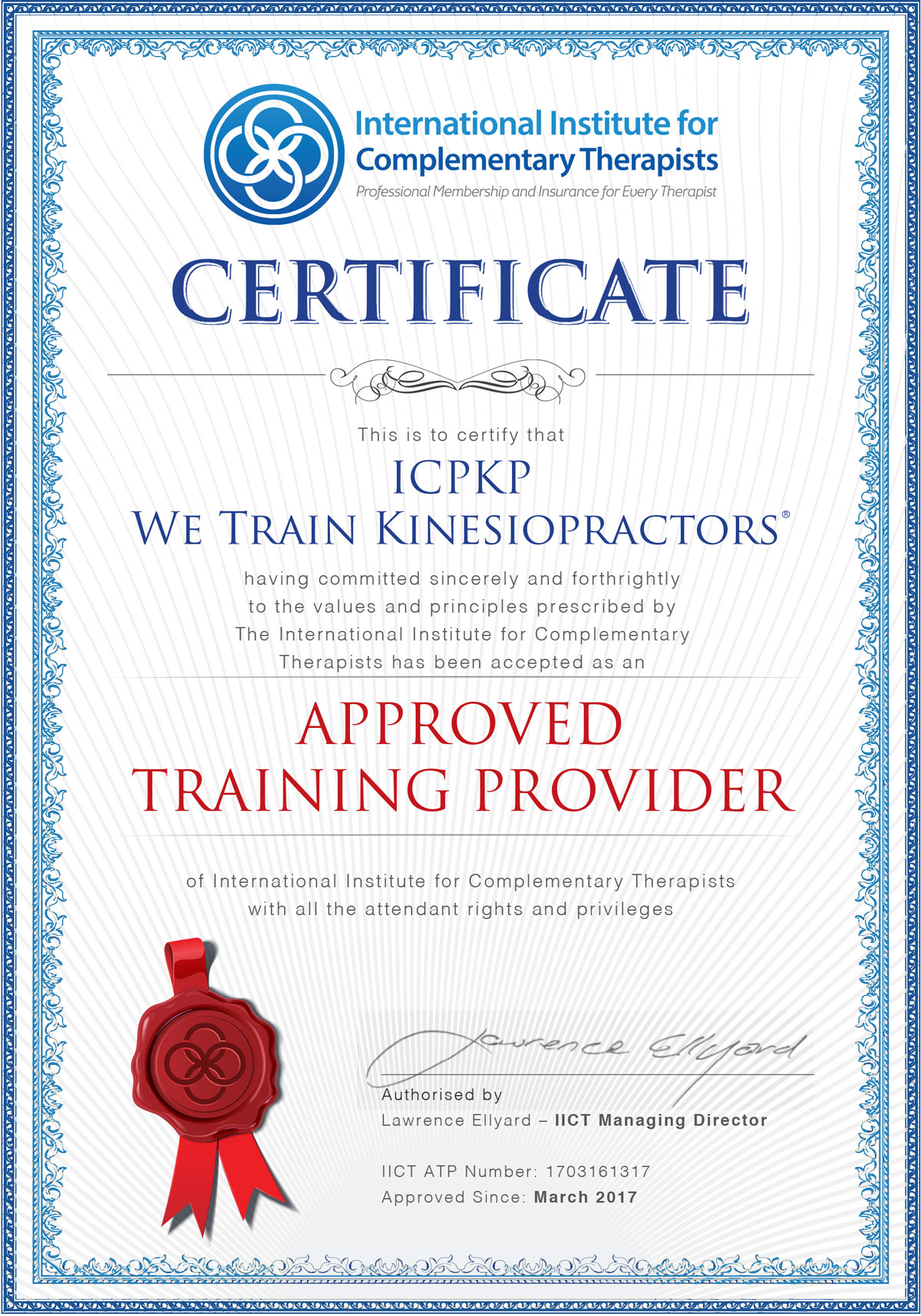MHP301-en
Meridian Energy Techniques
This class adds to your previous acupuncture knowledge with more in-depth applications of techniques using acu-point processes e.g. polarised acupuncture. Using the ‘Now and Then’ technique, you will gain the ability to deal with jet-lag and to teach clients how to adjust the body clock to cope with night-shift work. It also brings to the surface problems that are time-related and would not normally show during a consultation.
You will discover acupuncture points on the nose, ear and tongue and the associated points of the bladder meridian where chronic pain imbalances eventually show. The work of Japanese researcher Nakatani is covered and adapts his Ryodoraku work to PKP. You will explore how to use an acu-point to surrogate for a complex PKP circuit and how to use acu-points to clear out intense, but inappropriate, relationship responses.
Once you have completed this unit will be able to use integrated movement and meridian postures, now and then technique, associated points, nose, ear, tongue, polarised or lost acupuncture points, biochemical attraction-repulsion, navel-bladder meridian connection, essential oil stimulation, Nakatani-Ryodoraku points and the surrogate electrical concept to balance meridian energy.
Elements of Learning:
- Integrated movement – St #7b
- Polarised acupuncture – two-point to eyes
- ‘Now and then’ technique – El #2c
- Associated points – El #2c
- Navel-bladder meridian connection – El #31/2b
- Nose/tongue acupuncture points – S/F #6d
- Ear acupuncture points – El #61/2c
- Lost (inactive) acupuncture points – El #51/2
- Frozen circuitry – Se #6c-d
- Essential oil stimulation (aromatherapy) – El #10a-c
- Nakatani-Ryodoraku points – El #111/2
- Meridian postures – S/F #9c
- Surrogate electrical – 5th finger to palm
- Biochemical attraction/repulsion – PE #10b
- Utilise all techniques learned to date within the PKP Balancing Protocol


